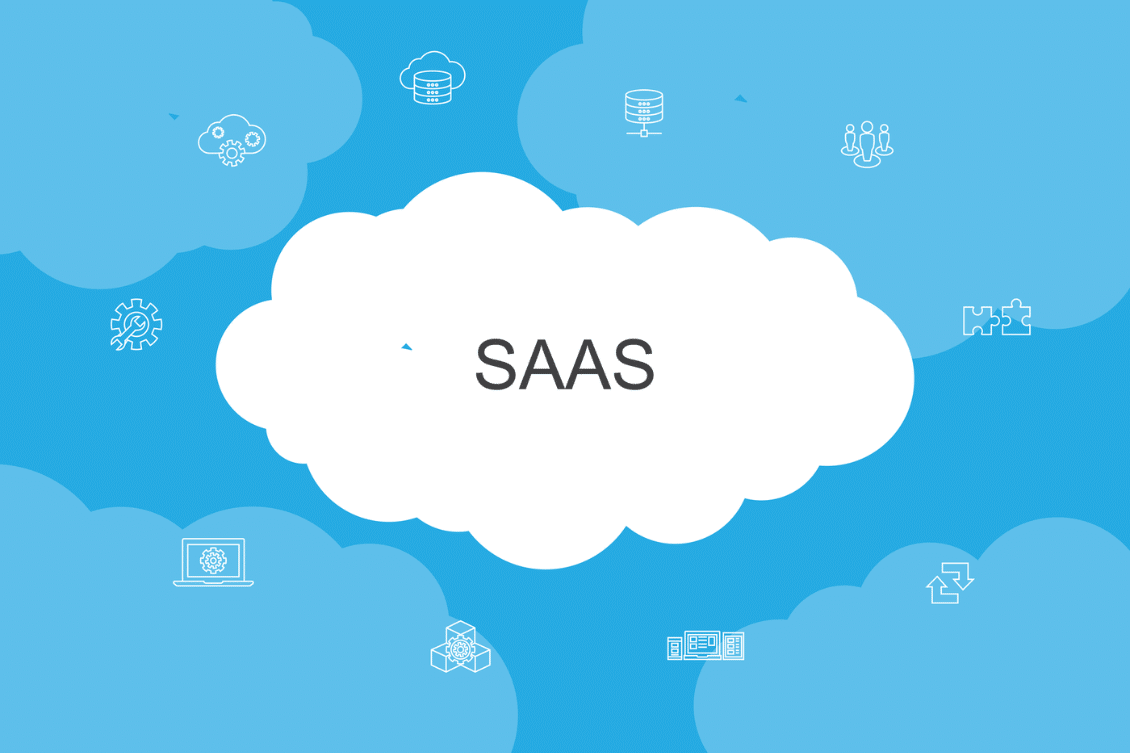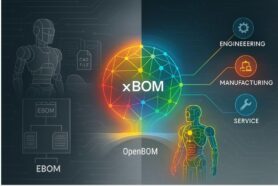
Manufacturing companies are looking at how to build better digital processes. It includes the ability to manage data for different disciplines- mechanical engineering, electrical engineering, operational data, software, and many other engineering disciplines.
The important element of this digital transformation is to make a decision about what is the right PLM solution for your business to fit the current demands of the digital industrial revolution. SMB/SME and enterprise companies are all looking for customer data platforms capable of managing a wide range of customer data focusing on engineering and manufacturing data management, engineering tasks, supply chain management, production, and many other functions.
One size doesn’t fit all, therefore it is extremely important to choose the right PLM technology to support your business and manufacturing processes. In my article today, I want to talk about the “SaaS Data Platform” trend and why is it important when you select such a core foundation for a company product business such as a PLM platform, and why a modern data platform can make a big difference for your company’s operation.
PLM History – SQL Database and Single Tenant Data
Historically, Product Lifecycle Management (PLM) systems have operated as systems of record (SOR), consolidating and preserving product information records. These systems were typically structured as a centralized “database for a company” which served as a repository for all the company’s product-related records. However, the data entry into these systems was often complex and time-consuming, usually requiring manual input. Integrations with other systems were also challenging, making data accessibility a significant hurdle in the PLM process. The flexibility of these systems is also limited and requires tuning for each company made separately.
In these traditional systems, each company maintained its database, which resulted in single-tenant systems. These systems, while efficient in maintaining data integrity, often presented significant operational challenges. Traditional PLM systems require significant IT involvement, maintenance, and a substantial integration effort. A single-tenant nature made these systems largely isolated, making it difficult for inter-organizational collaborations or data sharing.
SaaS PLM and Data Platforms
The introduction of Software as a Service (SaaS) and cloud technologies has transformed the PLM landscape, providing a paradigm shift from these old-fashioned systems of record. These advancements have introduced “online data platforms” that replaces outdated databases and single-tenant systems. Modern systems of record are now built on multi-tenant data platforms and hyperscalers (eg. AWS, Azure, GCP) that allow organizations to manage data using their company accounts, eliminate the need for complex PLM installations, and provide a seamless way to manage data. Multi-tenant technologies enable data sharing and integration across different systems. These data platform can scale and allows to stream data into these platforms automatically and programmatically, which brings me to the point of SaaS Integrations and REST APIs.
SaaS Data Integration
Modern SaaS PLM solutions provide seamless data integration capabilities, allowing for effortless transfer of data from one system to another. This is particularly transformative for PLM systems, as it enables the automatic capture of design information from various systems (MCAD, PCB Design, Legacy Systems). Once the data is captured, it is automatically uploaded to the PLM system, where it becomes instantly available for everyone in the company. This has made the information easily accessible and usable, enhancing the effectiveness and efficiency of product development and lifecycle management. REST API, which is an industry standard these days allows easy access to these SaaS data platforms.
The paradigm shift from a “SQL database per company” to a “data platform” facilitated by SaaS has multiple implications. One of the major advantages is the seamless integration of data across different platforms, creating an interconnected ecosystem of data and services. In addition to that, multi-tenancy facilitates greater collaboration between organizations, enabling them to connect with other companies and users, share data, and work collaboratively on projects.
Ease of Integrations using SaaS apps and REST API
The data captured in the PLM systems are now readily available for downstream use. Unlike convoluted SQL requests, modern platforms and REST API creates an easy way to integrate data and make it available. This includes production planning, procurement, and other operational tasks, providing a more integrated and coordinated approach to product lifecycle management. This ensures that all product-related data is effectively utilized, leading to improved operational efficiency, reduced wastage, and ultimately, better products.
This instant data-sharing capability enhances overall organizational efficiency. For instance, procurement can immediately access materials specifications and requirements for the product, enabling faster and more accurate ordering processes. Similarly, production planning can get real-time design changes, allowing for swift adjustments in manufacturing schedules.
OpenBOM’s foundation is SaaS data platform, which gives many differentors to OpenBOM compared to other systems. To demonstrate the capabilities of the OpenBOM Platform, I’d like to bring a picture that outlines the differentiators:
- Multi-tenant data architecture
- Graph-based data model
- Instant data sharing and collaboration
- Global scale for multiple companies (OEM+Suppliers)
- Dynamic data modeling and integration servies
- Agile New Product Development (NPD) support including PLM and ERP functionality
Learn more about OpenBOM platform here.
Conclusion:
The transformation to SaaS-based PLM systems is changing product lifecycle management by facilitating a shift from single-tenant databases to multi-tenant platforms, enabling seamless data integration from various engineering data sources, and promoting instant data sharing downstream. The integration with other applications makes the PLM process more effective, efficient, and collaborative, ultimately leading to better products and improved business performance.
The transformation from traditional PLM systems to modern, cloud-based solutions signifies a significant step forward in product lifecycle management. The shift towards a “data platform” approach, enabled by SaaS technologies, has changed how companies manage product data, making it easier to capture, access, and utilize the data across the organization. These advancements not only make PLM more efficient and effective but also create new opportunities for collaboration and innovation, driving further improvements in product development and management.
REGISTER FOR FREE to check how OpenBOM can help you.
Best, Oleg
Join our newsletter to receive a weekly portion of news, articles, and tips about OpenBOM and our community.










